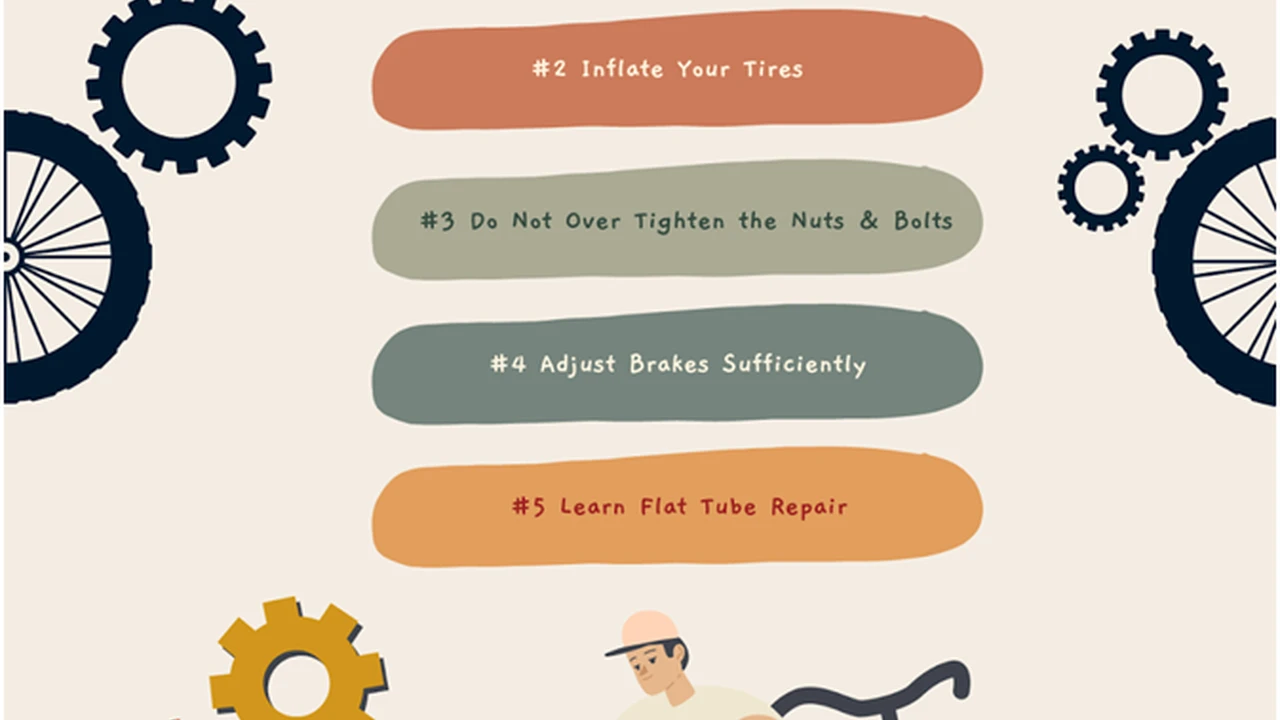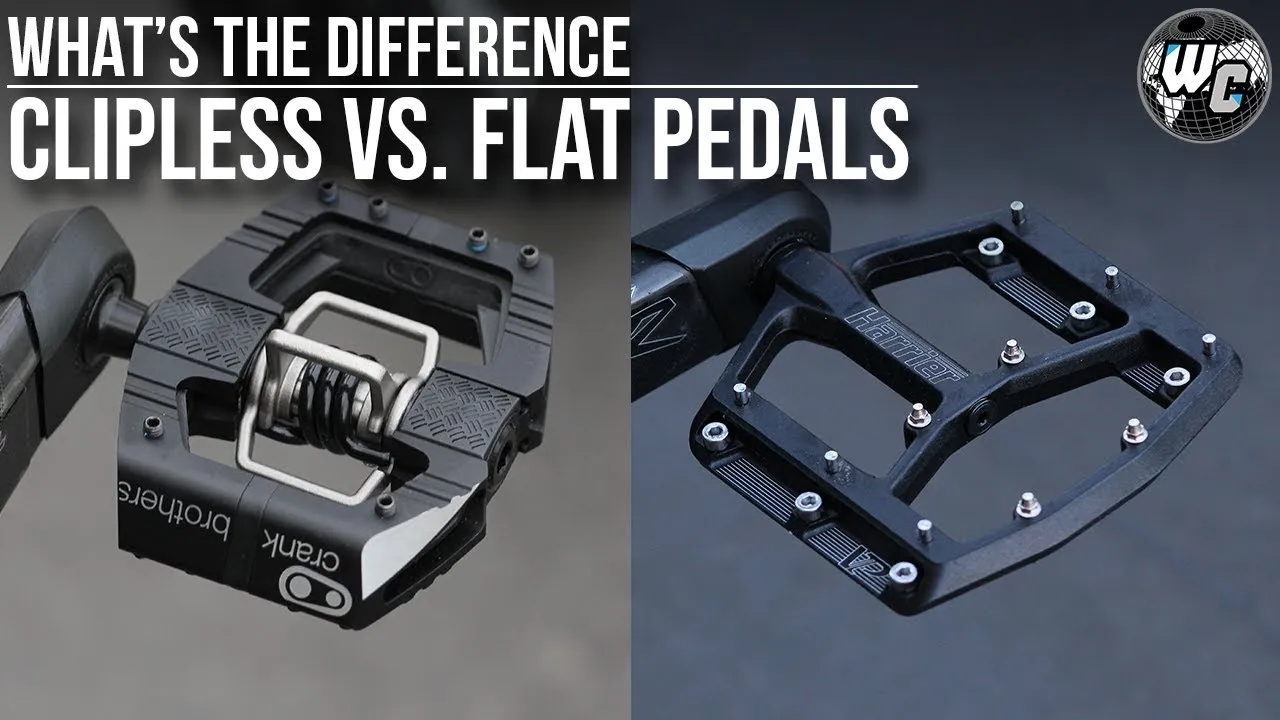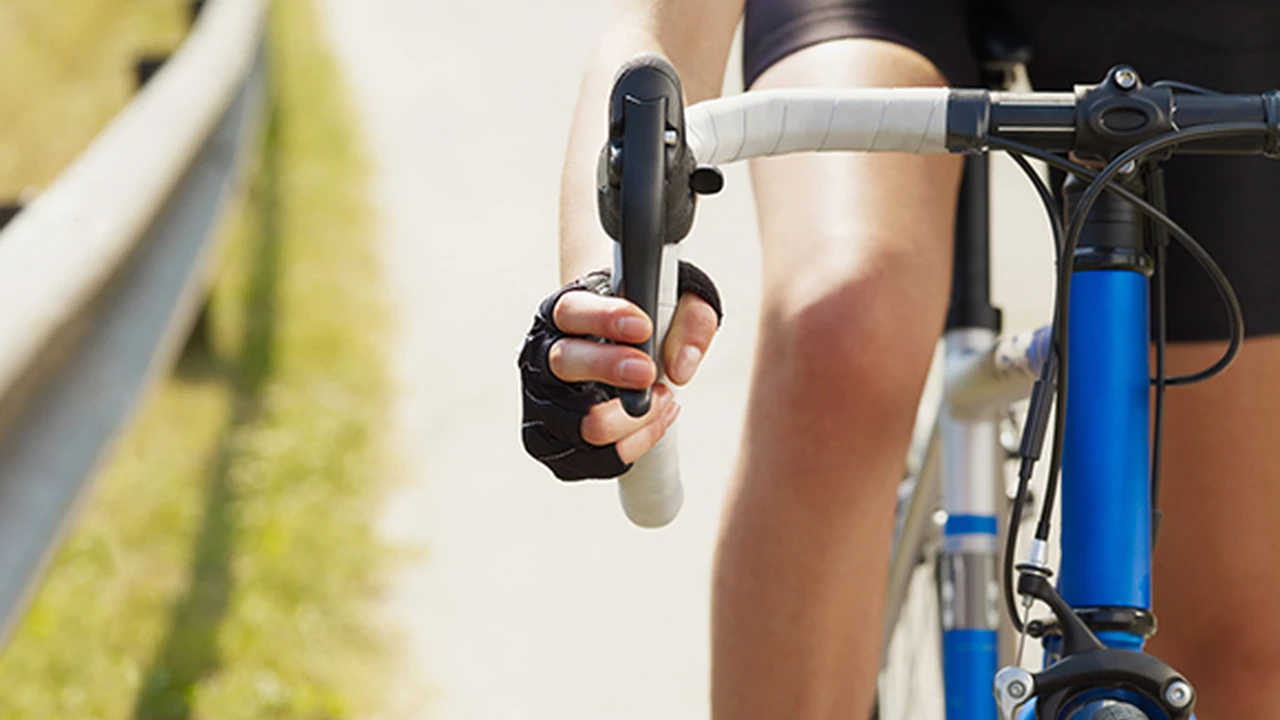Basic Bike Maintenance_ 5 Things You Must Know
Road cycling is a fantastic way to stay fit, explore the world, and enjoy the freedom of two wheels. But to keep your bike running smoothly and ensure your safety, some basic maintenance is essential. This guide covers five crucial maintenance tasks every cyclist should master, along with product recommendations and comparisons to help you choose the right gear. From tire pressure to chain cleaning, we'll get you rolling with confidence.

So, you're a road cyclist. Awesome! But knowing how to ride isn't enough. Keeping your bike in tip-top shape is crucial for performance, safety, and longevity. Think of it as giving your trusty steed the TLC it deserves. Let's dive into five essential maintenance tasks that every road cyclist should know.
Checking and Maintaining Optimal Tire Pressure for Road Cycling Performance and Safety
Tire pressure is probably the single most important factor affecting your ride quality and rolling resistance. Too low, and you'll feel sluggish and risk pinch flats. Too high, and you'll be bouncing all over the place with a harsh ride. Finding the sweet spot is key.
How to Check Your Tire Pressure: You'll need a good quality tire pressure gauge. There are two main types: digital and analog. Digital gauges are generally more accurate and easier to read, while analog gauges are typically more affordable and durable. A floor pump with an integrated gauge is also a great investment.
Recommended Tire Pressure: The ideal tire pressure depends on several factors, including your weight, tire size, and road conditions. A good starting point is to check the sidewall of your tire for the recommended pressure range. As a general rule, heavier riders will need higher pressure than lighter riders. Wider tires can also be run at lower pressures.
Product Recommendations:
- Topeak JoeBlow Sport III Floor Pump: A reliable and affordable floor pump with a built-in gauge. (~$50)
- SKS Airchecker Digital Tire Pressure Gauge: A compact and accurate digital gauge for precise pressure readings. (~$30)
- Park Tool PMP-4 Micro Pump: Great for on-the-go inflation. (~$40)
Using the Pump: Connect the pump head securely to the valve stem (either Presta or Schrader, depending on your inner tubes). Inflate the tire to the desired pressure, using the gauge to monitor your progress. Be careful not to over-inflate, as this can cause the tire to burst.
Cleaning and Lubricating Your Road Bike Chain for Smooth Shifting and Extended Lifespan
A clean and well-lubricated chain is essential for smooth shifting, efficient power transfer, and extending the lifespan of your drivetrain. A dirty, dry chain will wear out prematurely and can even damage your cassette and chainrings.
How to Clean Your Chain: You can clean your chain on the bike or remove it for a more thorough cleaning. If cleaning on the bike, use a chain cleaning tool and a degreaser to remove dirt and grime. If removing the chain, soak it in degreaser and scrub it with a brush. Always dry the chain thoroughly before lubricating.
How to Lubricate Your Chain: Apply a small amount of chain lube to each link, making sure to work it into the rollers. Wipe off any excess lube with a clean rag. Avoid over-lubricating, as this can attract dirt and grime.
Product Recommendations:
- Park Tool CL-1 Chain Cleaner: A convenient tool for cleaning your chain on the bike. (~$35)
- Finish Line Dry Teflon Bicycle Chain Lube: A popular dry lube that's ideal for dry and dusty conditions. (~$10)
- White Lightning Clean Ride Self-Cleaning Lubricant: Another popular dry lube that helps to repel dirt and grime. (~$12)
- Pedro's Chainj Chain Lubricant: A wet lube that's ideal for wet and muddy conditions. (~$15)
Dry vs. Wet Lube: Dry lubes are best for dry and dusty conditions, as they don't attract as much dirt. Wet lubes are best for wet and muddy conditions, as they provide better protection against water and corrosion. Experiment with different lubes to find the one that works best for your riding conditions.
Adjusting Road Bike Brakes for Optimal Stopping Power and Safety
Your brakes are your lifeline on the road. Make sure they're properly adjusted and in good working order. Regularly inspect your brake pads for wear and replace them when necessary.
How to Adjust Your Brakes: The specific adjustment procedure will vary depending on the type of brakes you have (rim brakes or disc brakes). However, the general principle is the same: adjust the cable tension and pad position to ensure that the pads contact the rim or rotor evenly and provide sufficient stopping power. Check your brake levers for proper travel and adjust as needed.
Product Recommendations:
- Shimano Ultegra R8000 Brake Calipers: High-performance rim brakes with excellent stopping power. (~$150 per pair)
- Shimano Dura-Ace R9100 Brake Calipers: Top-of-the-line rim brakes with even greater stopping power and modulation. (~$300 per pair)
- Shimano 105 R7000 Brake Calipers: A more affordable option that still provides excellent performance. (~$100 per pair)
- Jagwire Pro LR2 Brake Pads: High-performance brake pads that provide excellent stopping power in all conditions. (~$25 per pair)
Rim Brake vs. Disc Brake Maintenance: Rim brakes require regular inspection of the brake track on your rims for wear. Disc brakes require regular inspection of the rotors for damage or contamination. Both types of brakes require regular inspection of the brake pads for wear.
Inspecting and Maintaining Road Bike Cables and Housing for Smooth Shifting and Braking
Cables and housing are often overlooked, but they play a crucial role in shifting and braking performance. Over time, they can become corroded or contaminated, leading to sluggish shifting and braking. Regularly inspect your cables and housing for wear and replace them when necessary.
How to Inspect Your Cables and Housing: Look for fraying, kinks, or corrosion. Check the housing for cracks or damage. If you notice any of these issues, it's time to replace your cables and housing.
Product Recommendations:
- Shimano Dura-Ace Polymer Shift Cable Set: High-performance shift cables that provide smooth and precise shifting. (~$50)
- Shimano Dura-Ace Polymer Brake Cable Set: High-performance brake cables that provide excellent stopping power. (~$50)
- Jagwire Road Elite Sealed Shift Cable Kit: A complete shift cable kit with sealed housing for improved performance in all conditions. (~$60)
- Jagwire Road Elite Sealed Brake Cable Kit: A complete brake cable kit with sealed housing for improved performance in all conditions. (~$60)
Replacing Cables and Housing: Replacing cables and housing can be a bit tricky, so it's best to consult a mechanic if you're not comfortable doing it yourself. However, with a little patience and the right tools, it's a task that most cyclists can learn to do.
Performing a Quick Road Bike Safety Check Before Each Ride
Before every ride, take a few minutes to perform a quick safety check. This can help you identify potential problems before they become serious and ensure that your bike is in safe working order.
What to Check:
- Tires: Check for cuts, bulges, or embedded objects. Make sure your tires are properly inflated.
- Brakes: Check that your brakes are working properly and that the brake pads are in good condition.
- Chain: Check that your chain is clean and lubricated.
- Quick Releases: Make sure your quick releases are properly tightened.
- Headset: Check for play in the headset.
- Pedals: Make sure your pedals are securely attached.
Product Recommendations:
- Park Tool AWS-10 Folding Allen Wrench Set: A compact and convenient set of Allen wrenches for making quick adjustments on the road. (~$25)
- Lezyne Multi Block Tool: A versatile multi-tool that includes Allen wrenches, screwdrivers, and a chain tool. (~$35)
By following these simple maintenance tips, you can keep your road bike running smoothly and enjoy many miles of trouble-free riding. Remember, a well-maintained bike is a safe bike!
:max_bytes(150000):strip_icc()/277019-baked-pork-chops-with-cream-of-mushroom-soup-DDMFS-beauty-4x3-BG-7505-5762b731cf30447d9cbbbbbf387beafa.jpg)





